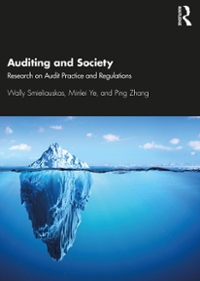Answered step by step
Verified Expert Solution
Question
1 Approved Answer
B 7 8 : Income tax expense: Since we know the income that is subject to taxes ( B 7 7 ) as well as
B: Income tax expense: Since we know the income that is subject to taxes B as well as the
income tax rate B we can calculate the income tax expense as However the rule in
our situation is that we don't get a tax refund le there can be no negative tax values in years that
we don't make a profit, meaning there are no taxes when our income is negative. So we need to use
the IFfunction to ensure that our income tax expense is calculated only when our profits are greater
than Otherwise our tax expense should be set to
As you have learned earlier in earlier assignments, the IFfunction
logicaltest, valueiftrue,valueffalse consists of three parts
a First, we enter a logical test, which is a statement that needs to result in either TRUE or
FALSE. Our logical test is the question of whether income before taxes is greater than zero:
b Second, we enter the value of the cell in case the logical test results in TRUE. That
value is the tax expense calculated as income before taxes times the tax rate: BB
c Third, we enter the value of the cell B in case the logical test results in FALSE That value
is in our worksheet. So the entire formula for the income tax expense reads:
B; Income after taxes: Lastly, we deduct the income tax expense from the income before taxes,
which gives us the income after taxes. This is our result value that we are most interested in and that
we want to maximize by using Solver:

Step by Step Solution
There are 3 Steps involved in it
Step: 1

Get Instant Access to Expert-Tailored Solutions
See step-by-step solutions with expert insights and AI powered tools for academic success
Step: 2

Step: 3

Ace Your Homework with AI
Get the answers you need in no time with our AI-driven, step-by-step assistance
Get Started


